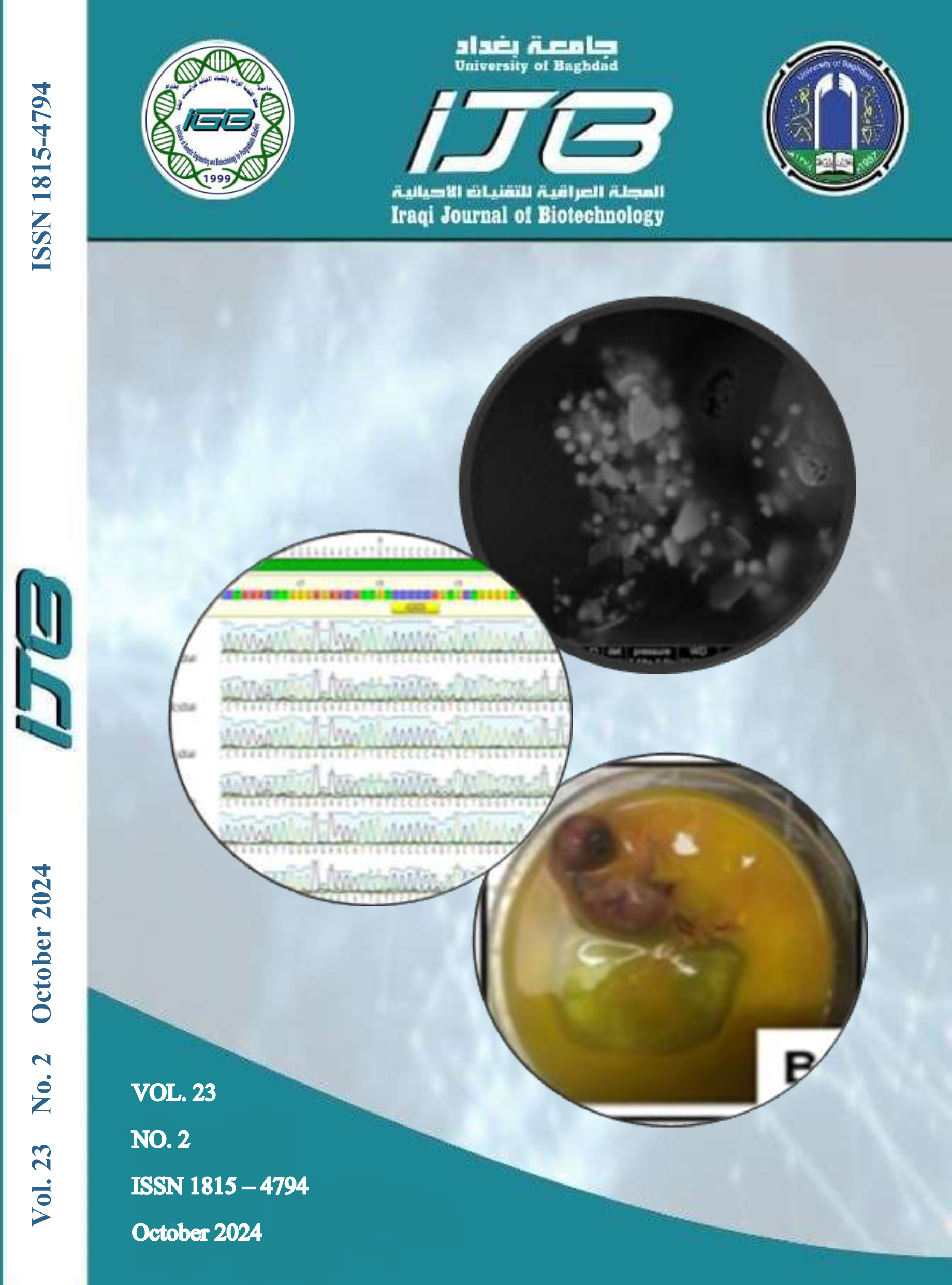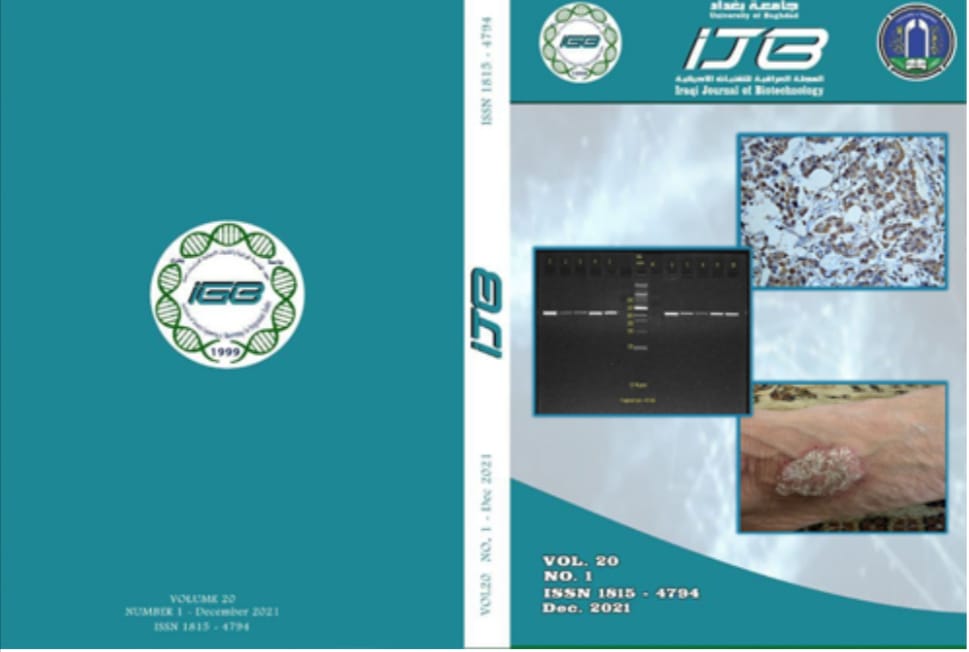Cytotoxicity of Newcastle Disease Virus (NDV) against cultured breast cancer cell lines
Abstract
The second leading cause of death for women is breast cancer. The disease has been successfully managed by conventional therapies. The aim of study to found novel strategies, such as oncolytic virotherapy, were required to fight it. x given by ICCMGR, was cultivated using chicken eggs from commercial hatcheries in Al-Hur area, a suburb of Holy Kerbala province. Propagated NDV induced considerable hemorrhaging in infected embryos compared to unaffected control embryos and destroyed all embryos within 48 hours. For additional testing, allantoic fluid containing the virus was collected, purified, and kept at -20°C. Hemagglutination (HA) assay was employed to quantify the NDV titer which show positive findings as a typical haemagglutination mesh pattern of chicken red blood cells at 28, or 256 HAU. Using Vero cells and Flint's algorithm to calculate the Tissue Culture Infection Dose 50 (TCID50) test, the viral dilution and syncytia growth in the seeded wells were linked, and the result was found to be 3.5 * 106 viral unit/ml. The multiplicity of the viral infection (MOI) 1,2 and 3 was prepared and tested on Amj-13 and MCF-7 of which cell viability and growth inhibition rate using MTT assay was examined. Results of Optical Density (OD) and Inhibition Rate Growth Percentage (IR%) were calculated using Statistical Analysis System (SAS) to determine Least Square Means (LSM) to compare the significance difference between the mean values at p ≤ 0.05. There were proportional significant increases, (P ≤ 0.05), in inhibitory rate of both cancer cell lines treated with all concentrations of NDV alone compared with control of which the highest inhibitory rate was recorded at concentration (3 MOI) suggesting the more viral particles, the greatest cytotoxicity caused that reached 73.14% and 67.7 % respectively. The cytopathic effects (CPE) caused to cell lines due to the exposure NDV was observed under inverted microscope. Cells suffer morphological changes including granulation and shrinkage of cytoplasm, which lead eventually to separation and floating of the infected cells in the culture media, after 72 hrs. large round empty spaces were so apparent. These observations were not detected in control cell culture within the same time of examination of infected cells. The results were concluded promising results in not just eradicating cancerous cells, but as potential cancer vaccine.


